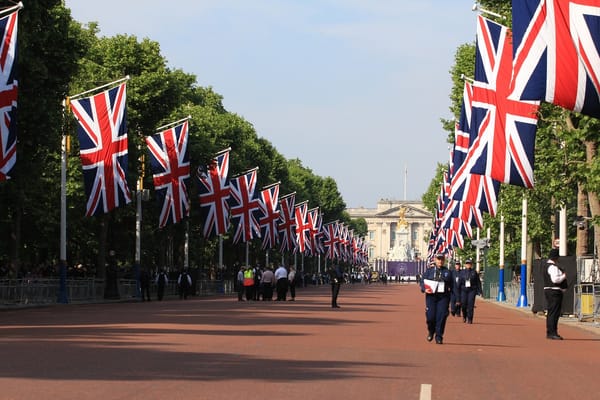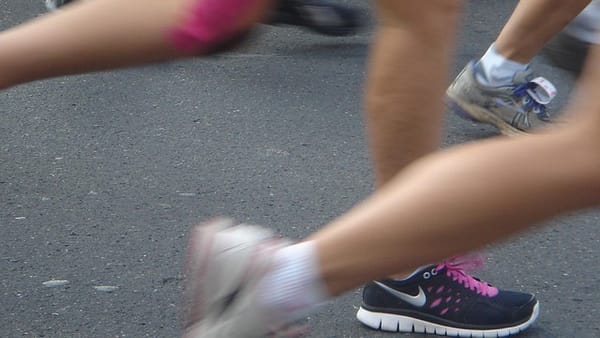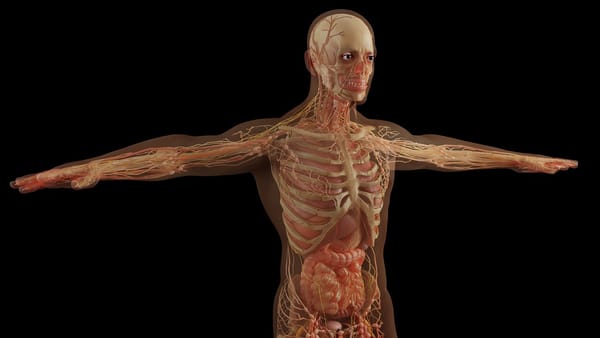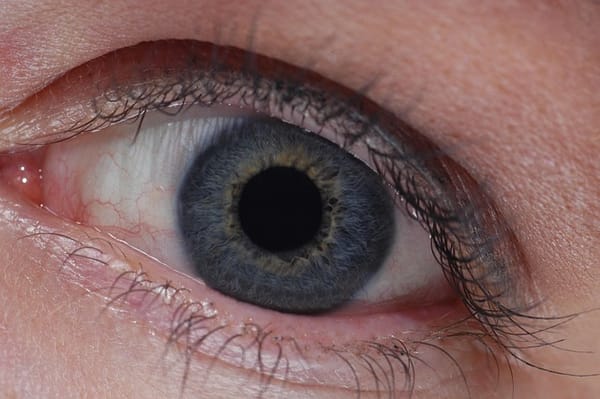Microscope Protocol Re-framing — a practical, disciplined guide
Not only the microscope infers, but also our models and assumptions. Before referencing microscopic research as fundamental, perceptions a such on the physical plane needs levelling.

Not only the microscope infers, but also our models and assumptions. Before referencing microscopic research as fundamental, perceptions a such on the physical plane needs levelling.

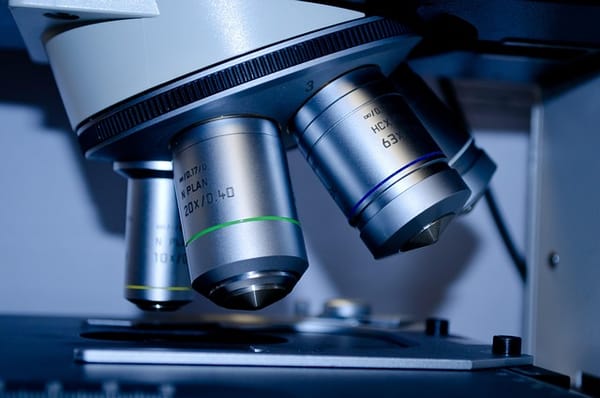
This is a working protocol that can be used immediately — for solo practice, paired work, or small-group pilots. It treats the microscope output as a mediated signal and attention as a disciplined, minimally-interfering instrument in its own right. The aim: recover living, life-related perception from instrument images while preserving scientific rigour (controls, blinding, repeatability).
The microscope image is a mediated sign; its appearance is shaped by instrument parameters and by the conceptual models carried by the observer. By treating attention as a disciplined, minimally-interfering instrument — handled with the same proportion and care as a Petri dish — we can recondition instrument images back toward living perception. Protocols of short literal reads, inner resonance, controlled perturbation and blind controls make this approach testable and reproducible.
This method does not amplify personality or romanticize subjectivity. On the contrary, it seeks to minimize idiosyncratic interference by training attention, standardizing vocabulary, and using inter-subjective checks. The posture required — a calm, receptive attention that simultaneously maintains a subtle presence — is both ethically and epistemically necessary. It gives the scientist a means to enter these finer strata without collapsing into projection.
Use these to label inner impressions concisely (max 1–2 words each). After 10–12 sessions you can expand.
Use confidence rating after each tag: 1 (vague) — 2 (moderate) — 3 (vivid).
A. Contexting (1–2 min)
Record microscope settings: objective, mag, mode, illumination level, staining, any pre-processing. Intent statement: “This is a mediated sign to be reconditioned.”
B. Literal image read (30 s)
Look for 20–30 seconds. Write 3–6 neutral descriptors (shapes, contrasts, obvious motions). No interpretations, no metaphors.
C. Reset (10 s)
Close eyes, 3 slow breaths. Soft attention.
D. Inner resonance phase (6–8 min)
Eyes closed or softly open. Allow impressions to arise. Tag each impression with a vocabulary word + confidence + (optional) felt location (head/chest/elsewhere). Timestamp vivid events.
E. Reverse-mapping sketch (3–5 min)
On paper, draw a minimal mapping: instrument feature ↔ inner tag. Add confidence and one-sentence prediction: “If I reduce illumination, I expect X to soften/become less distinct.”
F. Perturbation & prediction (2 min)
Technician changes one parameter (illumination, aperture, condenser, objective). Or, if solo, change one setting yourself but keep timestamps.
G. Repeat inner resonance (6–8 min)
Repeat D. Note differences, tag them.
H. Immediate comparison & brief conclusion (2–3 min)
Record whether prediction matched, confidence, and a one-sentence conclusion.
I. Control (optional)
Include a sham run (technician signals a change but makes none) to test expectation.
Use this as a printable form.
Date / Time:
Specimen & prep:
Instrument (mag/mode/filters):
Literal descriptors (30s):
Inner tags & timestamps (e.g., 00:45 — pulse(3) head):
Perturbation (what changed) & time:
Prediction (1 line):
Post-perturbation tags & timestamps:
Match? (Y/N) + confidence (1–3):
Sham? (Y/N):
Observer short note (1–3 lines):
Technician timestamps (instrument events):
Physio notes (if any): pulse, EEG markers.
Purpose: calibrate attention, vocabulary, and timing.
Session 1 — Anchors & calibration (30–40 min)
Session 2 — Perturbation practice (30–40 min)
Session 3 — Timing & latency (40 min)
Session 4 — Intersubjective comparison (60 min)
After these sessions you’ll be ready for pilot runs.
“The microscope image is a mediated sign; its appearance is shaped by instrument parameters and by the conceptual models carried by the observer. By treating attention as a disciplined, minimally-interfering instrument — handled with the same proportion and care as a Petri dish — we can recondition instrument images back toward living perception. Protocols of short literal reads, inner resonance, controlled perturbation and blind controls make this approach testable and reproducible.
This method does not amplify personality or romanticize subjectivity. On the contrary, it seeks to minimize idiosyncratic interference by training attention, standardizing vocabulary, and using inter-subjective checks. The posture required — a calm, receptive attention that simultaneously maintains a subtle presence — is both ethically and epistemically necessary. It gives the scientist a means to enter these finer strata without collapsing into projection.”


